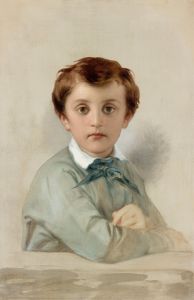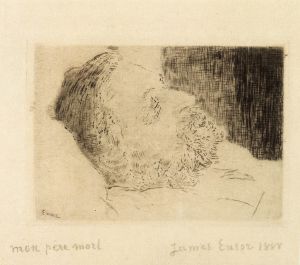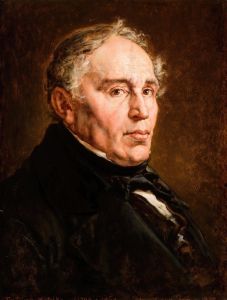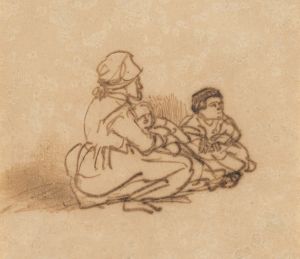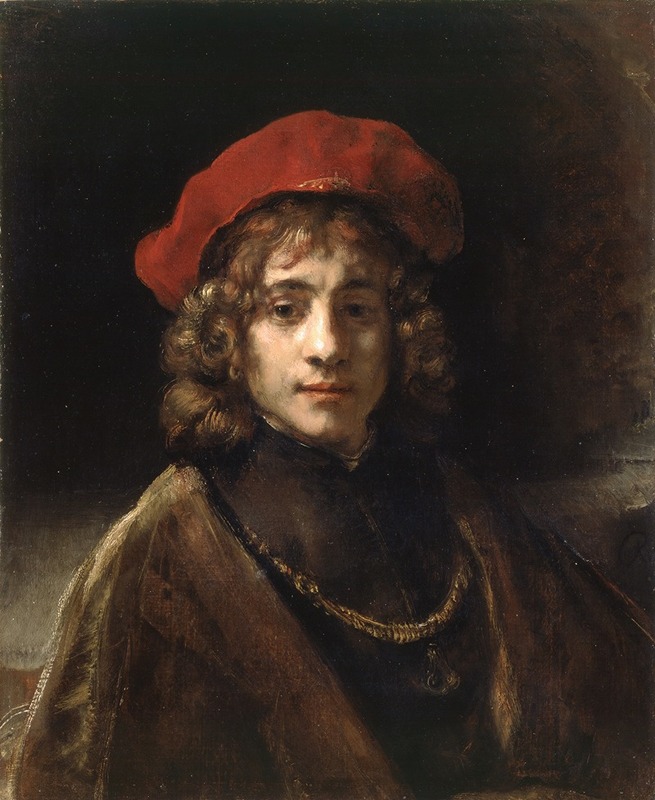
Titus, the Artist’s Son
A hand-painted replica of Rembrandt van Rijn’s masterpiece Titus, the Artist’s Son, meticulously crafted by professional artists to capture the true essence of the original. Each piece is created with museum-quality canvas and rare mineral pigments, carefully painted by experienced artists with delicate brushstrokes and rich, layered colors to perfectly recreate the texture of the original artwork. Unlike machine-printed reproductions, this hand-painted version brings the painting to life, infused with the artist’s emotions and skill in every stroke. Whether for personal collection or home decoration, it instantly elevates the artistic atmosphere of any space.
"Titus, the Artist’s Son" is a painting by the renowned Dutch artist Rembrandt van Rijn, created in 1657. This artwork is one of several portraits Rembrandt painted of his son, Titus van Rijn, who was born in 1641 to Rembrandt and his wife, Saskia van Uylenburgh. The painting is notable for its intimate portrayal of Titus, capturing both his likeness and a sense of his personality.
The painting is executed in oil on canvas, a medium Rembrandt mastered throughout his career. In this portrait, Titus is depicted at approximately sixteen years of age. He is shown in a contemplative pose, with his head slightly tilted and his gaze directed away from the viewer, which adds a sense of introspection to the work. The background is dark and unobtrusive, a technique Rembrandt often employed to focus attention on the subject's face and expression.
Rembrandt's use of light and shadow, known as chiaroscuro, is evident in this painting. The light falls gently on Titus's face, highlighting his features and creating a contrast with the darker areas of the canvas. This technique not only enhances the three-dimensionality of the portrait but also imbues it with a sense of depth and realism. The subtle play of light and shadow is a hallmark of Rembrandt's style and contributes to the emotional resonance of the painting.
The clothing Titus wears in the portrait is typical of the period, with a simple yet elegant design that does not distract from his face. Rembrandt's attention to detail is apparent in the rendering of the fabric and the texture of Titus's hair, which is depicted with a naturalistic softness.
Titus was the only one of Rembrandt's four children to survive into adulthood, and he played a significant role in his father's life, particularly after the death of Saskia in 1642. Titus's presence in Rembrandt's work reflects the close bond between father and son. This painting is one of several portraits of Titus, each capturing different aspects of his character and stages of his life.
The painting is housed in the Rijksmuseum in Amsterdam, which holds an extensive collection of Rembrandt's works. It is considered an important piece within Rembrandt's oeuvre, not only for its artistic merit but also for its personal significance to the artist.
"Titus, the Artist’s Son" exemplifies Rembrandt's ability to convey the humanity and individuality of his subjects. Through his masterful use of light, composition, and detail, Rembrandt creates a portrait that is both a personal tribute and a timeless work of art. The painting continues to be admired for its emotional depth and technical excellence, reflecting Rembrandt's enduring legacy as one of the greatest painters in Western art history.







